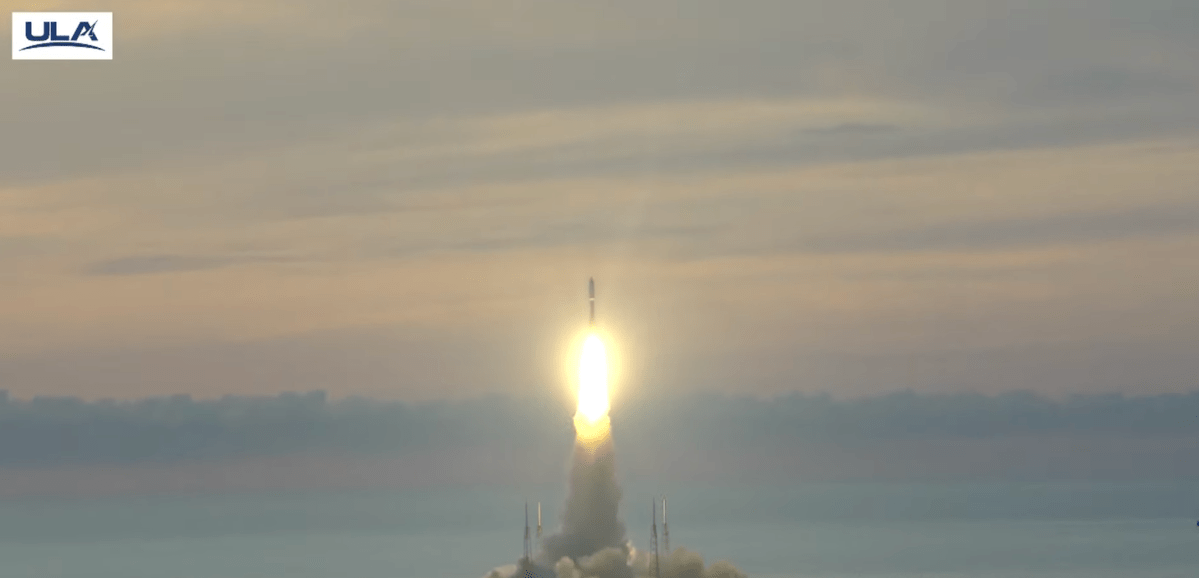WASHINGTON — A classified U.S. Space Force mission flew to geostationary Earth orbit July 30 aboard a United Launch Alliance Atlas 5 rocket.
The rocket lifted off at 6:45 a.m. Eastern from Space Launch Complex-41 at Cape Canaveral Air Force Station in Florida.
The mission designated USSF-51 is a classified National Security Space Launch (NSSL) launch. It marked ULA’s 100th national security mission and the last NSSL launch on an Atlas 5 rocket. ULA’s next national security flight will be on the new Vulcan Centaur rocket pending a successful second certification launch slated for September.
The Atlas 5 that launched USSF-51 was powered by a single-engine Centaur upper stage and five strap-on solid boosters. The core stage was powered by a Russian-made RD-180 engine.
At the request of the government, ULA ended the launch webcast about three-and-a-half minutes after liftoff, following payload fairing jettison.
Sandra Erwin writes about military space programs, policy, technology and the industry that supports this sector. She has covered the military, the Pentagon, Congress and the defense industry for nearly two decades as editor of NDIA’s National Defense…
More by Sandra Erwin
